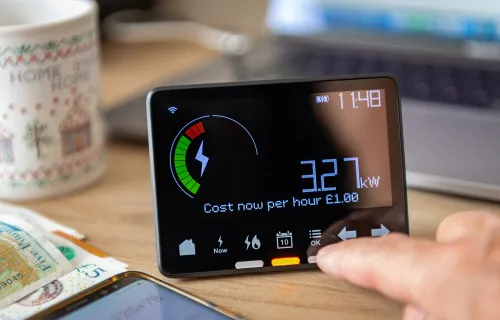Rich Hampshire
Vice President Consulting Expert
Rich
has
over
30
years’
experience
in
the
utilities
sector.
His
focus
is
the
role
of
“digitalisation”
in
delivering
the
energy
transition
and
energy’s
role
in
accelerating
climate
action.
He
is
a
professional
engineer
by
background
and
has
spent
...











